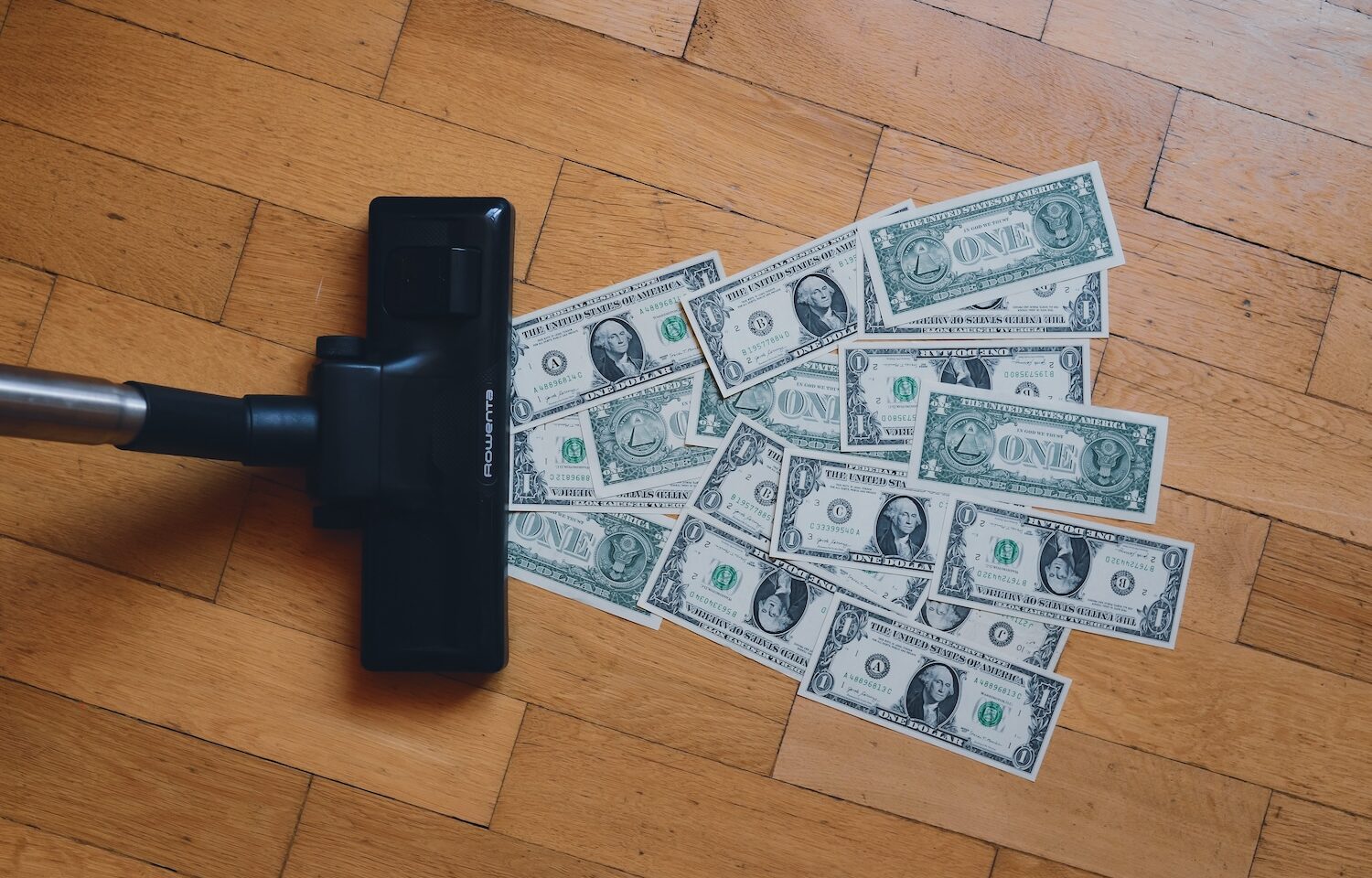Debt Management: Strategies for paying off credit card debt, student loans, and more
If you struggle with debt, know that you’re not alone. Today, the average American holds nearly $22,000 in personal debt, and over 35% of Americans reported that they’re in the most debt of their lives.
There are many factors that impact personal debt, including, but not limited to, student loans, credit card debt, medical debt, home equity loans, and car loans. With the astronomical cost of living in 2023 and stagnant job wages, debt is inevitable for many Americans. But with a tailored debt management plan, you can get back on your feet and implement healthy financial habits.
Let’s delve into the world of debt, best practices for paying off debt, and how you can even use debt as a tool to get ahead.
What is your current debt load?
Before you can get your debt under control, you need to understand how much you owe today. It can be tempting to avoid looking at the total amount of debt because it can be really overwhelming, but the only way to get out of debt is to know how much you owe.
Your debt load is the total of all the money you owe. To determine whether or not you can afford your debt, you’ll need to:
- Calculate all of your debt payments
- Gather your monthly income by diving your gross annual income by 12
- Divide your monthly income by debt payments and calculate your debt-to-income (DTI) ratio
The lower your debt-to-income ratio is, the better spot you’ll be in financially. Generally speaking, if your DTI is 35% or less, your debt is considered to be at a manageable level. If it’s above 35%, it’s time to take action and seek opportunities to improve your DTI.
2 common debt payoff strategies to consider
There are 2 main strategies for paying down debt: debt avalanche and debt snowball.
- Debt avalanche: Focusing on the debt with the highest interest rate first
- Debt snowball: Focus on paying the smallest balance first and then moving on to bigger debt
The snowball method is psychologically beneficial because you can see immediate success when debt sources are paid off. Paying off more debt faster can help build and sustain motivation to continue on the right path. The disadvantage of debt snowball is that it doesn’t reduce interest significantly, so it can take longer to become debt-free.
The avalanche method is another great option because it will help pay off debt the most efficient way possible, but can take a long time to see the “wins”. If you have a budget mindset, you may see a lot of success following the debt avalanche method. By reducing the total amount of interest you pay, you will be able to get out of debt fast. However, this method requires a lot of discipline and requires a specific amount of discretionary income. So if your living expenses were to unexpectedly increase, you may have to reevaluate your debt repayment strategy.
Debt management: 5 tips for paying off debt
Debt doesn’t have to be forever. There are a variety of ways to get your debt under control and instill healthy spending habits.
- Create a budget and stick to it: Budgeting is crucial to the success of your debt repayment plan. Calculate your total monthly income and expenses to start your budgeting journey.
- Start an emergency fund: Every healthy financial plan calculates for emergencies whether it be due to job loss or unexpected medical needs. Aim to set aside 3-6 months of total living expenses in an emergency fund to help cover unexpected expenses.
- Search for a secondary form of income: There are various passive income options available, such as blogging, teaching online courses, using a high-yield savings account, creating a job board, recording audiobooks, or even renting out your parking space.
- Reduce your monthly bills: Did you spend the majority of your income last month on takeout? Or do you subscribe to 6 different TV streaming services? These are areas that you can easily cut back on. Take a look at your monthly bank statements and separate what’s a need versus a nice to have.
- Take a break from your credit card: Sometimes, it’s best to put the credit away in a drawer and pay for what you can in cash. This isn’t a long-term solution, but paying for more items in cash can feel more impactful than swiping your plastic.
At the end of the day, it’s important to remember that life and budgeting is all about balance. Debt repayment doesn’t mean you have to live off as few pennies as possible, even though some people may feel like they need to do that. It’s about maintaining a healthy life balance and understanding your goals.
Make debt work for you
It may come as a surprise, but debt can actually be a tool to help raise capital or generate investment income. This is known as a debt instrument. There is a massive difference between using debt to buy a necessary car, house, education, or business and using it to buy the latest new 30K TV or to keep up with the Joneses.
Remember that debt repayment is a long-term process and often can’t be resolved overnight. Once you assess your debt load and choose the right debt repayment plan, take it one day at a time and celebrate the little wins.




